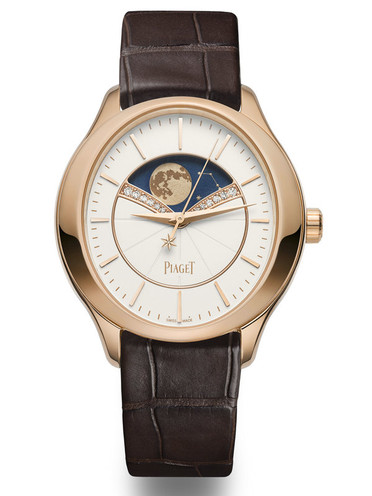全国手表维修
严选优质第三方维修点 专业服务有保障极速服务
价格透明
先报价再维修,修好付费
服务保障
专业技师,标准服务流程
Rolex watches are renowned for their distinctive beauty and quality craftsmanship. The watch dials, like the rest of the components, are subject to wear and tear. Depending on the type of metal used to make the dial, it may begin to show signs of rust over time.
Rolex uses different metals for its dials, such as stainless steel, gold and palladium. Each of these materials has different characteristics that can affect the way the dial reacts to its environment. Stainless steel is the most common material used for Rolex dials, due to its durability and resistance to corrosion. However, even stainless steel can be corroded if exposed to certain elements in the environment, such as salt water or acid. Gold and palladium are also susceptible to corrosion and discolouration, although less so than stainless steel.

The most common cause of rust on a Rolex dial is contact with sweat, especially if the watch is not regularly cleaned and maintained. Sweat contains salts and minerals that can react with the metal of the dial, causing it to corrode over time. This is particularly true if the watch is exposed to moisture or humidity. If a Rolex watch is worn regularly, it should be inspected and cleaned every one to two years to prevent rust from building up.
If the rust is minor, it can usually be removed with a soft cloth dampened with mild soap and warm water. If the rust is more severe, professional cleaning may be necessary. In some cases, the affected areas must be buffed to remove the residue before the watch can be refinished.
Rust can be prevented by regular maintenance and cleaning. It is important to inspect the dial regularly and take steps to protect the watch from moisture and humidity. If you notice any discolouration on your Rolex dial, it’s best to have it professionally inspected and cleaned.









